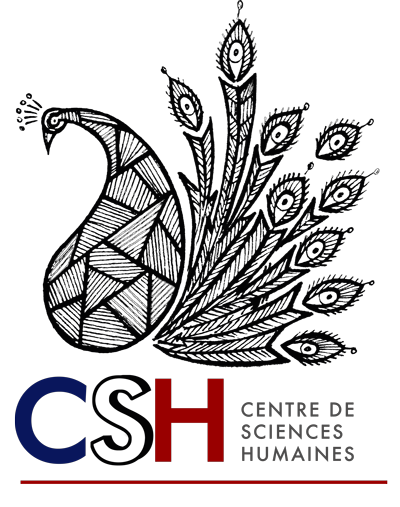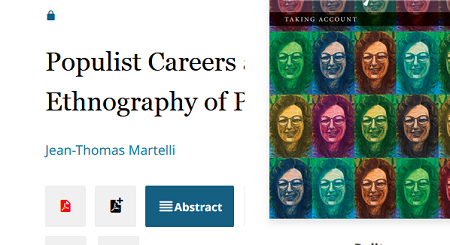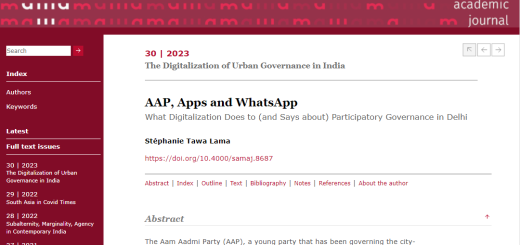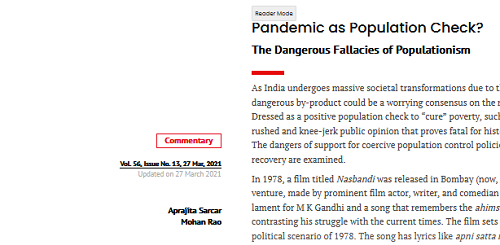Vigne M., Dorin B., Aubron C., (2021), “Is feeding the Indian dairy cow sustainable?” International Journal of Sustainable Agriculture , (3 May 2021)
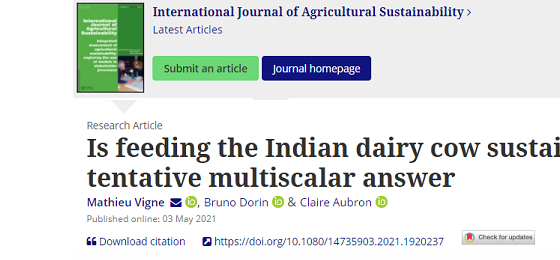
In this article published online on 03/05/2021 by the International Journal of Agricultural Sustainability (IJAS- Taylor& Francis Online), Bruno Dorin (head researcher of “Economics and Development” at CSH), Claire Aubron (professor at MontpellierSupAgro and associate member of CSH) and Mathieu Vigne (researcher at Cirad) tried to answer this provocative question: “Is feeding the Indian dairy cow sustainable?”
The article can be found here : https://www.tandfonline.com/doi/abs/10.1080/14735903.2021.1920237
Abstract:
India is the world’s largest producer of milk for over 20 years. This production mainly responds to growing domestic demand, and relies almost entirely on millions of small herds (3 female buffaloes or cows) fed with local crop residues. This paper aims to assess the socio-economic and environmental sustainability of this dairy development model by implementing different approaches at various geographical scales. To assess such a model is complex. On the one hand, the recycling of biomass for livestock feed is mainly practiced by the poorest farmers, who have a limited access to land, markets and other resources. It sustains their employment and livelihoods, but also their food security since they consume part of their milk production. On the other hand, the intensive use of subsidized mineral fertilizers and energy for irrigation to produce crop grains and residues leads to high fossil energy uses and greenhouse gas emissions per litre of milk, calling into question the model’s environmental sustainability. Our results need to be explored further by (i) investigating more case studies to develop a larger picture of the diversity of the Indian dairy sector, and (ii) integrating the different approaches and levels within a larger framework.
